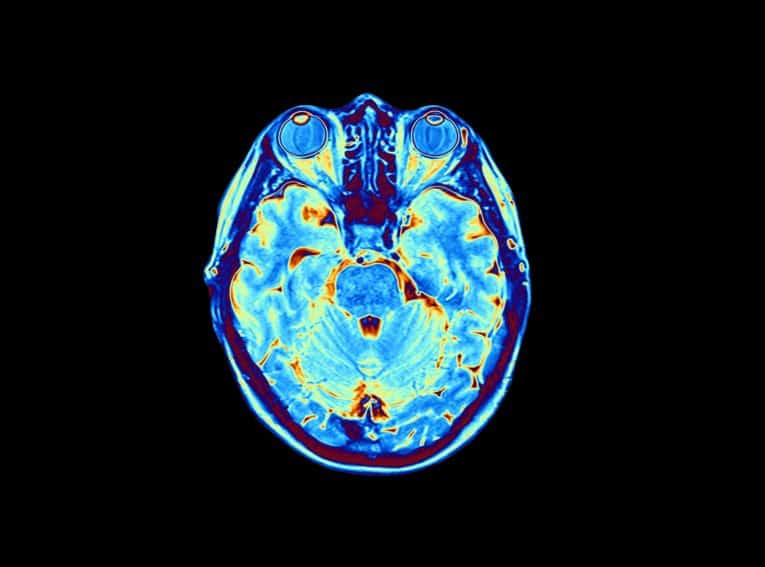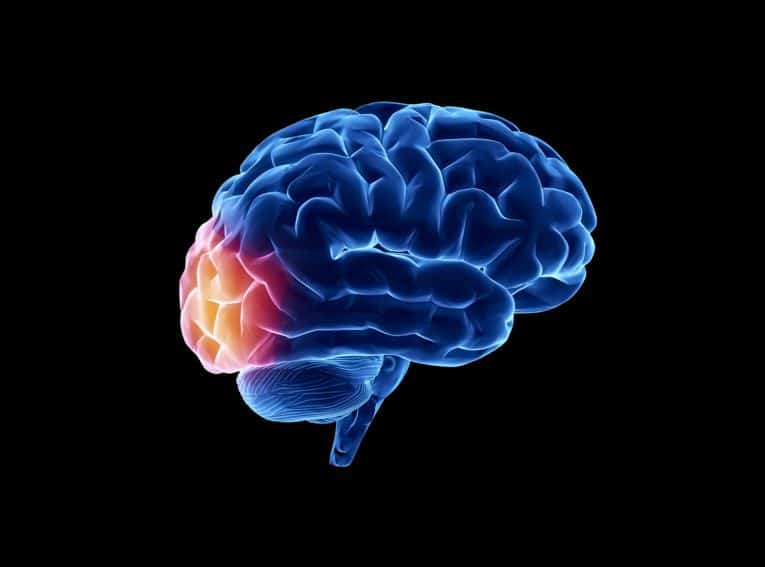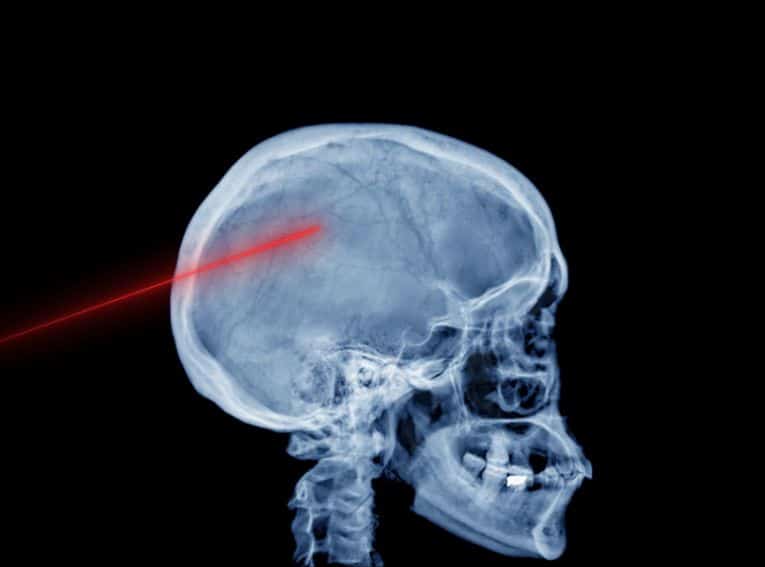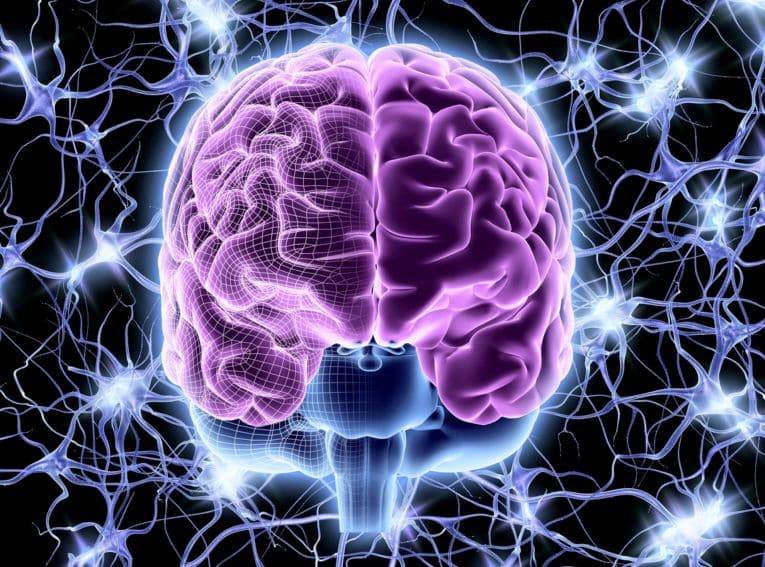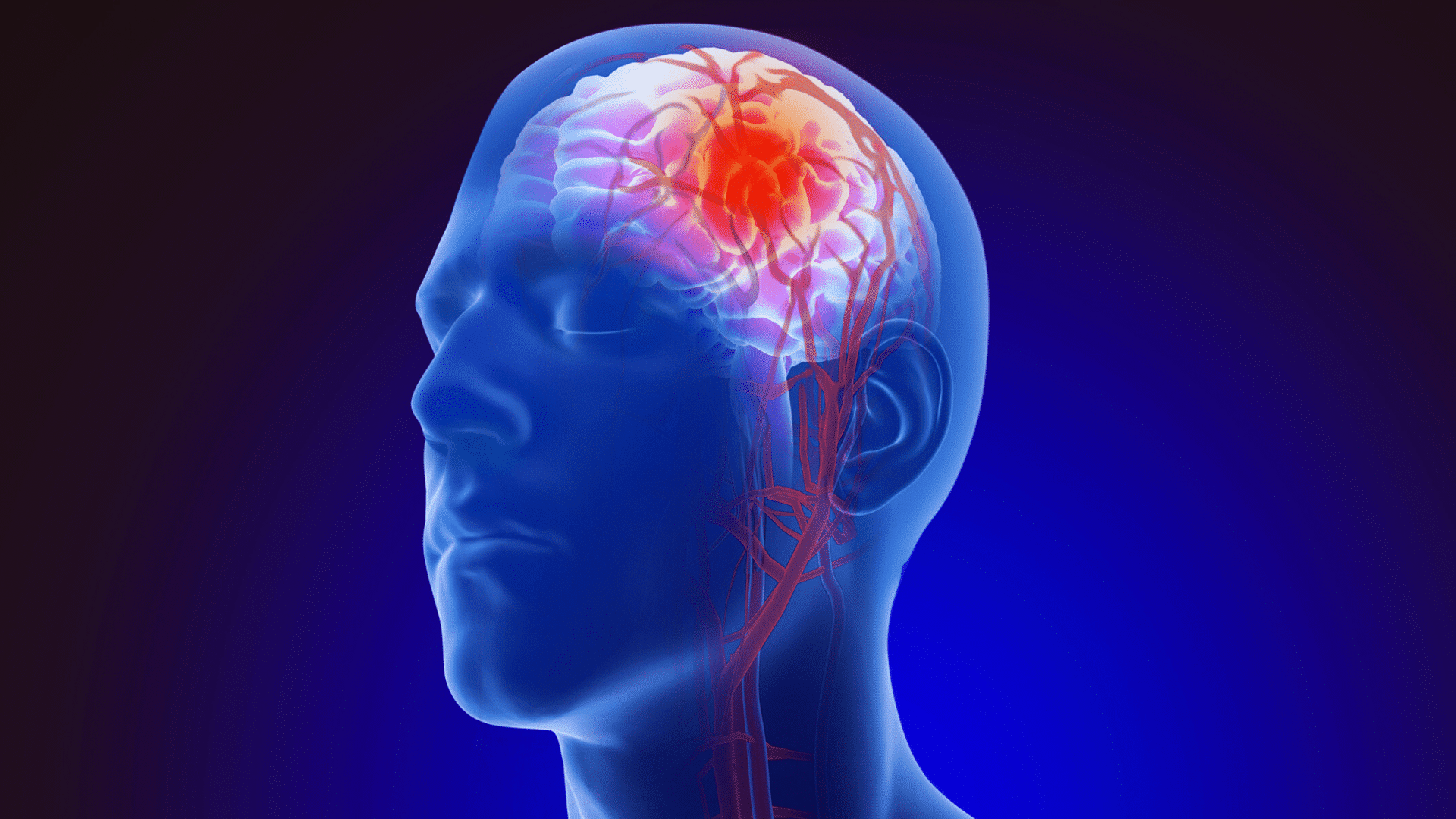
Vascular Neurosurgery
Conditions We Treat
Intracranial Aneurysm
An intracranial aneurysm, also known as a cerebral aneurysm, is a blood vessel within the brain that bulges or expands like a balloon and fills with blood. Caused by a weakness in wall of an artery, an intracranial aneurysm may lead to pressure on surrounding nerves and tissue, and an increased risk of rupture or hemorrhage. While this condition can occur anywhere within the brain, intracranial aneurysms most commonly affect the arteries from the underside of the brain to the base of the skull. Intracranial aneurysms can affect individuals of all ages, but are more common in adults than children, and seem to affect women more than men.
Causes of Intracranial Aneurysm
An intracranial aneurysm is caused by a weakening in the wall of a cerebral artery. Factors that may contribute to the formation of intracranial aneurysms may include:
- Smoking
- High blood pressure
- Cocaine use
- Family history of intracranial aneurysms
- Tumors
- Head injury
- Infection
Older age and heavy alcohol consumption may also put individuals at risk for developing intracranial aneurysms.
Symptoms of Intracranial Aneurysm
Patients with an intracranial aneurysm may not experience any symptoms until the aneurysm grows larger or bursts,and puts pressure on tissues and nerves in the affected area. Symptoms may include:
- Pain behind the eye
- Facial weakness or paralysis
- Vision changes
- Severe headache
- Confusion
- Nausea and vomiting
- Loss of consciousness
A ruptured aneurysm may cause bleeding within the brain and can lead to serious complications, including nerve damage, stroke or even death. It is essential to seek medical attention at the first sign of symptoms.
Diagnosis of an Intracranial Aneurysm
Many patients are unaware that they have an intracranial aneurysm and it may sometimes be diagnosed accidentally when imaging tests are performed for other conditions. If an intracranial aneurysm is suspected, symptoms will be reviewed and a full physical examination will be performed. In order to confirm a diagnosis and assess the severity of an intracranial aneurysm, additional diagnostic tests may include:
- Angiography
- CT scans
- MRI scan
A cerebrospinal fluid analysis may also be performed to test the cerebrospinal fluid and determine if the patient has symptoms of a ruptured intracranial aneurysm.
Intracranial Aneurysm Treatment
Treatment for an intracranial aneurysm varies depending on each patient’s individual condition, as well as the and size and risk of rupture of the aneurysm. Not all aneurysms will burst, and those that are small may only require routine monitoring to detect any growth or symptoms. Common treatment options for this condition include procedures that divert blood flow away from the aneurysm and eventually cause it to disappear. Procedures may include:
Additional treatment may include medication to control symptoms and treat pain and may include pain relievers, calcium channel blockers, or anti-seizure medications.
Additional Resources
Welcome to the office of neurosurgeon Dr. Vikas Rao, where your health comes first. Below are some of the neurosurgical treatments that we offer in Mission Viejo, CA:
Contact us today
Your concerns are important to us, and we want to make sure all of your questions are answered so you understand your options. Please contact our office with any questions, and our team will be happy to assist you.
Give us a call
We're open to serve
Book an appointment
Our doctor and staff are devoted to our patients. Please fill out the form below with any questions or to schedule an appointment and our team will get back to you within 24 to 48 hours.
